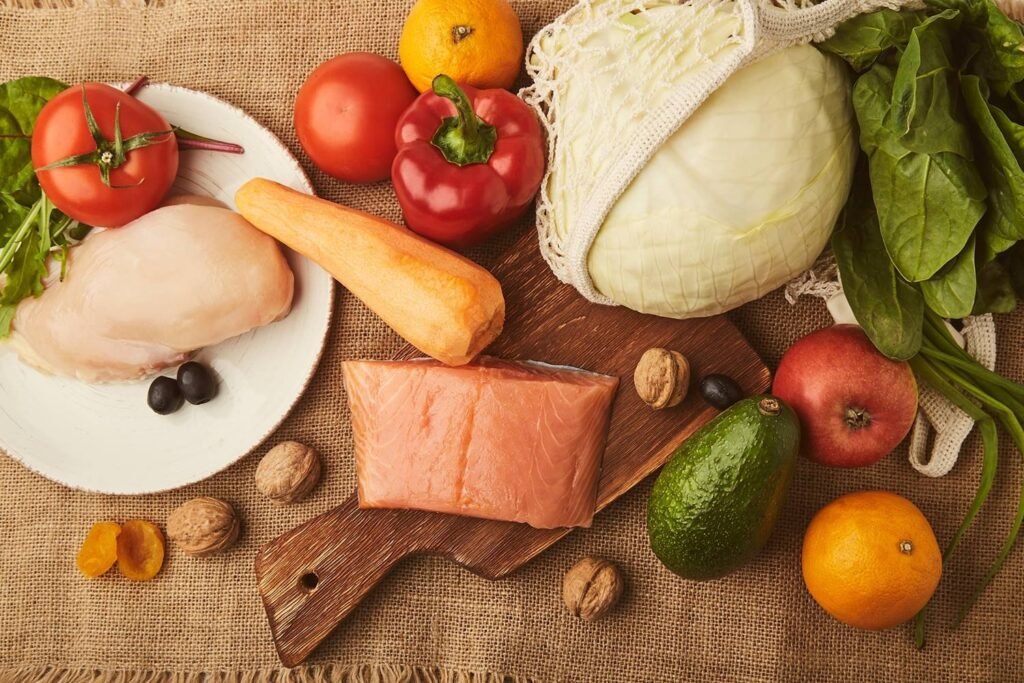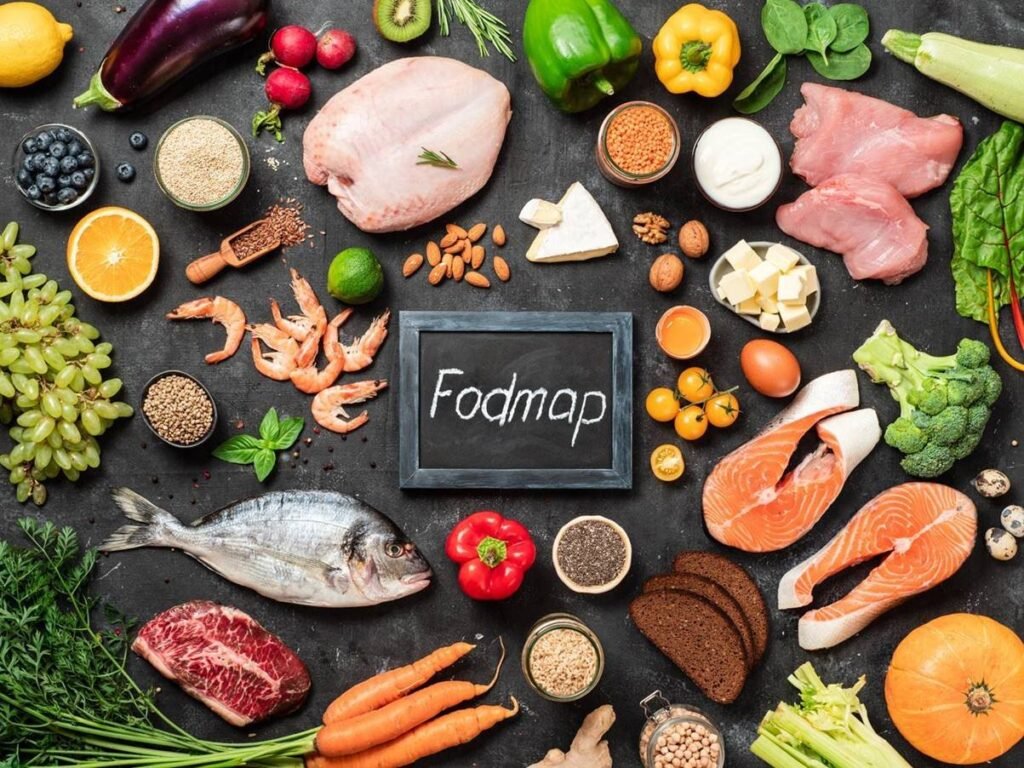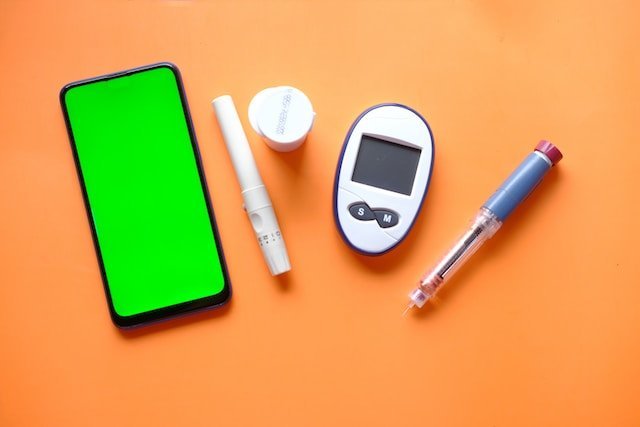Heat can have both positive and negative effects on the human body, depending on the intensity, duration, and individual tolerance. Look into the rest of the blog to get to know foods that you can create in the comfort of you own home to handle heat.
These are ways in which heat affects the human body:

- Thermoregulation: The human body has a built-in mechanism for regulating its temperature, known as thermoregulation. When exposed to heat, the body’s core temperature can rise. In response, the body tries to cool down through various mechanisms, including sweating, increased blood flow to the skin’s surface, and seeking shade or cooler environments.
- Dehydration: Heat can lead to increased sweating, which can result in fluid loss and dehydration. Dehydration can cause symptoms like thirst, dry mouth, dizziness, and in severe cases, heat exhaustion or heatstroke.
- Heat Cramps: Exercising in high temperatures can lead to muscle cramps, known as heat cramps. These cramps are often caused by the loss of electrolytes through sweating.
- Heat Exhaustion: Prolonged exposure to high temperatures and inadequate fluid intake can lead to heat exhaustion. Heat exhaustion is a serious condition that requires prompt treatment to prevent it from progressing to heatstroke.
Other common factors that affect an individual which can be treated with handling heat in a right way:
- Heatstroke: It can result from prolonged exposure to high temperatures or physical exertion in extreme heat. Symptoms include a very high body temperature (often above 104°F or 40°C), confusion, loss of consciousness, rapid heartbeat, and even seizures.
- Sunburn: Severe sunburn can lead to blistering and long-term skin damage, including an increased risk of skin cancer.
- Heat-Related Illnesses: Vulnerable populations, such as the elderly, young children, and individuals with certain medical conditions, are more susceptible to heat-related illnesses. These individuals may experience heat-related illnesses more quickly and with less exposure to high temperatures.
It’s important to take precautions when exposed to hot weather, such as staying hydrated, wearing sunscreen, and seeking shade or air-conditioning when necessary. Additionally, knowing the signs of heat-related illnesses and taking appropriate action, such as moving to a cooler environment and seeking medical help when needed, can help prevent serious health problems associated with heat exposure.
How to handle heat
Handling heat effectively is essential to prevent heat-related illnesses and maintain your well-being in hot weather. These are some tips to handle the heat especially in summer:
- Stay Hydrated:
- Avoid or limit alcohol, caffeine, and sugary drinks, as they can contribute to dehydration.
- Wear Appropriate Clothing:
- Choose loose-fitting, lightweight, and light-colored clothing to help keep your body cool.
- Stay in the Shade:
- Seek shade or create your shade when outdoors, especially during the hottest parts of the day (usually between 10 a.m. and 4 p.m.).
- Use umbrellas, canopies, or trees to provide shade.
- Use Sunscreen:
- Limit Outdoor Activities:
- If possible, avoid strenuous outdoor activities during the hottest times of the day. If you must be active, try to schedule it for the cooler morning or evening hours.
- Use Fans and Air Conditioning:
- Spend time in air-conditioned public places like shopping malls, libraries, or community centers if necessary.
More way to handle heat to apply in your daily life
- Cool Your Body:
- Use damp cloths or ice packs on your forehead, neck, and wrists to help cool down.
- Consider using a spray bottle to mist yourself with water when outdoors.
- Stay Informed:
- Check on vulnerable individuals like the elderly, children, and those with health conditions who may be more susceptible to heat-related illnesses.
- Know the Signs of Heat-Related Illnesses:
- Familiarize yourself with the symptoms of heat exhaustion and heatstroke. If you or someone you’re with experiences these symptoms, seek medical help immediately.
- Symptoms of heat exhaustion may include heavy sweating, weakness, dizziness, nausea, and a rapid pulse.
- Symptoms of heatstroke may include a very high body temperature, confusion, loss of consciousness, rapid heartbeat, and seizures.
- Stay Cool Indoors:
- If you don’t have access to air conditioning at home, consider visiting air-conditioned public spaces during extreme heatwaves to stay cool and safe.
Remember that heat can be dangerous, especially for vulnerable individuals, so it’s crucial to take proactive steps to stay cool and hydrated when facing hot weather conditions.
Foods to eat when it’s hot outside to handle heat
During hot weather, it’s a good idea to choose foods that help keep you hydrated and provide essential nutrients without making you feel overly full or uncomfortable. Here are some foods to consider eating when it’s hot outside:

- Fruits: Fruits are naturally high in water content and can help keep you hydrated. Some hydrating fruits to include in your diet are watermelon, cucumber, cantaloupe, strawberries, and citrus fruits like oranges and grapefruits.
- Vegetables: Similar to fruits, many vegetables have a high water content. Opt for vegetables like lettuce, celery, cucumbers, bell peppers, and zucchini in your salads or as snacks.
- Berries: Berries like blueberries, raspberries, and blackberries are not only refreshing but also packed with antioxidants and vitamins.
- Yogurt: Greek yogurt or regular yogurt can be a cooling and nutritious snack. Add some fresh berries or honey for extra flavor.
- Smoothies: Blend fruits like bananas, strawberries, and yogurt with ice to create a refreshing and hydrating smoothie.
- Cold Soups: Chilled soups like gazpacho (a tomato-based soup) or cucumber soup can be a delicious and hydrating option for hot days.
- Hydrating Beverages: Drink plenty of water, herbal teas, or iced green tea to stay hydrated. You can also infuse your water with slices of lemon, cucumber, or mint for added flavor.
More cold food that you may create at the comfort of your own home to handle heat:
- Grilled Vegetables and Lean Proteins: Grilled foods are a great option because they don’t heat up your kitchen. Choose lean proteins like chicken or fish and pair them with grilled vegetables for a balanced meal.
- Salads: Create refreshing salads with a variety of vegetables, leafy greens, and lean protein sources like grilled chicken or tofu. Avoid heavy dressings and opt for vinaigrettes or lighter options.
- Frozen Treats: Indulge in frozen treats like fruit popsicles (made from real fruit), frozen yogurt, or sorbet for a cool and sweet treat.
- Nuts and Seeds: Snack on small portions of nuts and seeds, like almonds, walnuts, and chia seeds, for a source of healthy fats and energy.
- Cold Pasta or Grain Salads: Prepare pasta or grain salads with plenty of vegetables, herbs, and a light dressing for a satisfying and refreshing meal.
- Cooled Quinoa or Couscous: Quinoa or couscous salads with diced vegetables and a light dressing can be a nutritious and cooling option.
Conclusion
Remember to listen to your body’s hunger cues and avoid heavy, overly spicy, or greasy foods when it’s hot outside, as they may make you feel sluggish or uncomfortable. Staying hydrated and consuming foods that help maintain your fluid balance are key to staying comfortable during hot weather.
Check out for more lifestyle information and tips through the link below:






















